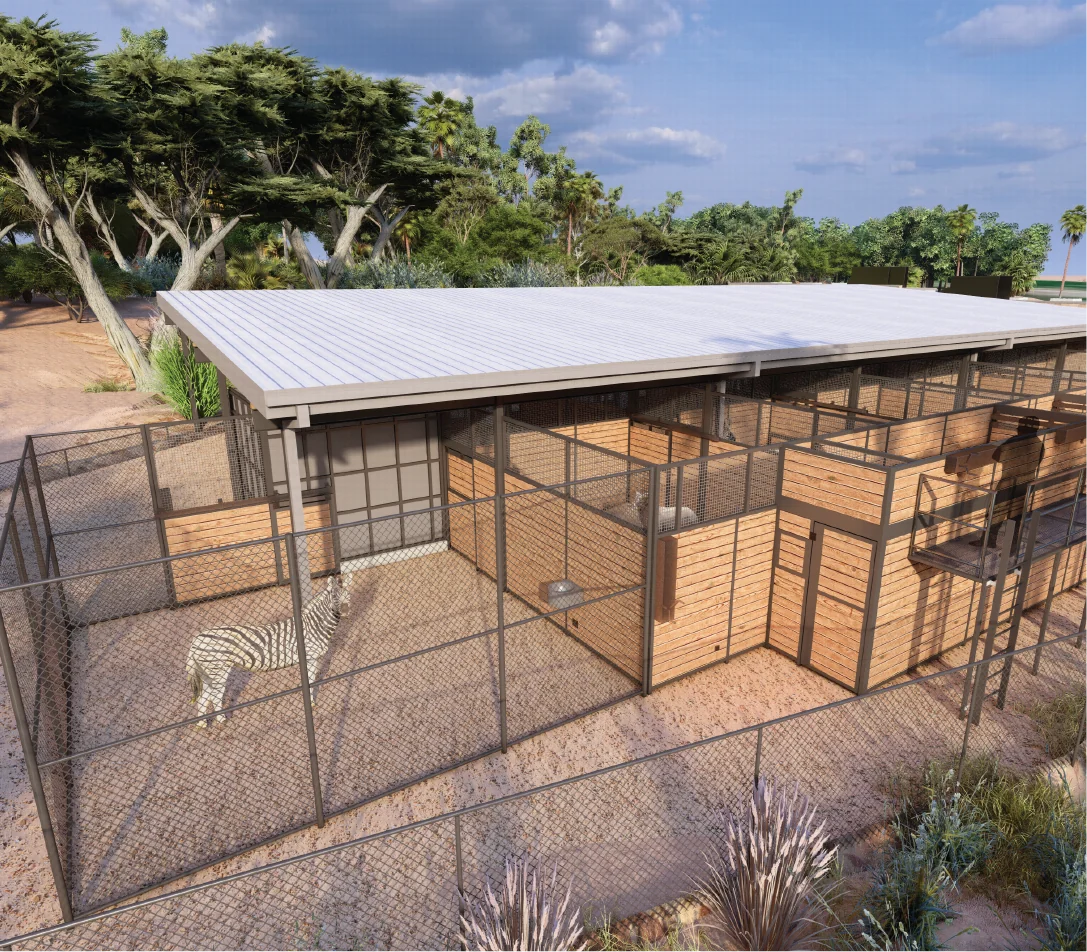Same... But Different
Same... But Different
By Sarah Skebba | Trail Experiences Coordinator
Picture this. You’re in the Sonoran Desert in Arizona, it’s summer, the sandy ground is hot to the touch. Now picture this. You’re in the Saharan Desert, it’s summer, the sandy ground is hot to the touch. You are on opposite ends of the earth, but the conditions are almost identical. This often causes animals who aren’t actually related to have a lot in common!
Take the Saharan Horned Viper from the deserts of Africa and the Sidewider from the American southwest. Both snakes have developed similar adaptations to help them avoid overheating and better navigate the conditions around them. Both snakes move using a form a locomotion called sidewinding. This allows them to move across loose, slippery sand found in desert habitats. Both snakes have also learned to shimmy under the surface of the sand with just their eyes exposed to avoid the hottest times of the day and to sneak up on any unsuspecting prey.
There are even some animals who have developed similar adaptations for reasons other than climate or habitat. The Santa Catalina Island Rattlesnake and the Saw Scaled Viper have both developed a way to produce a noise to warn others of its presence. The Santa Catalina Island rattlesnake is born with one segment of a rattle, but never produces any other segments so cannot produce the iconic rattle sound. Instead of a rattle, this snake will vibrate its tail in dry leaf litter, while the Saw Scaled Viper will rub its scales together make a rattle-like sound.
And the list goes on! Snakes like the Western Hognose from North American and the Snouted Cobra from Southern Africa both inflate their necks to appear larger and deter predators. The Pancake Tortoise from Kenya and the Gidgee Skink from Australia will avoid predators by wedging themselves between rocks and inflating with air! There are countless amazing examples.
You can check all of these critters out and learn more by visiting the Deserts of the World area in the Arizona Aviary.







